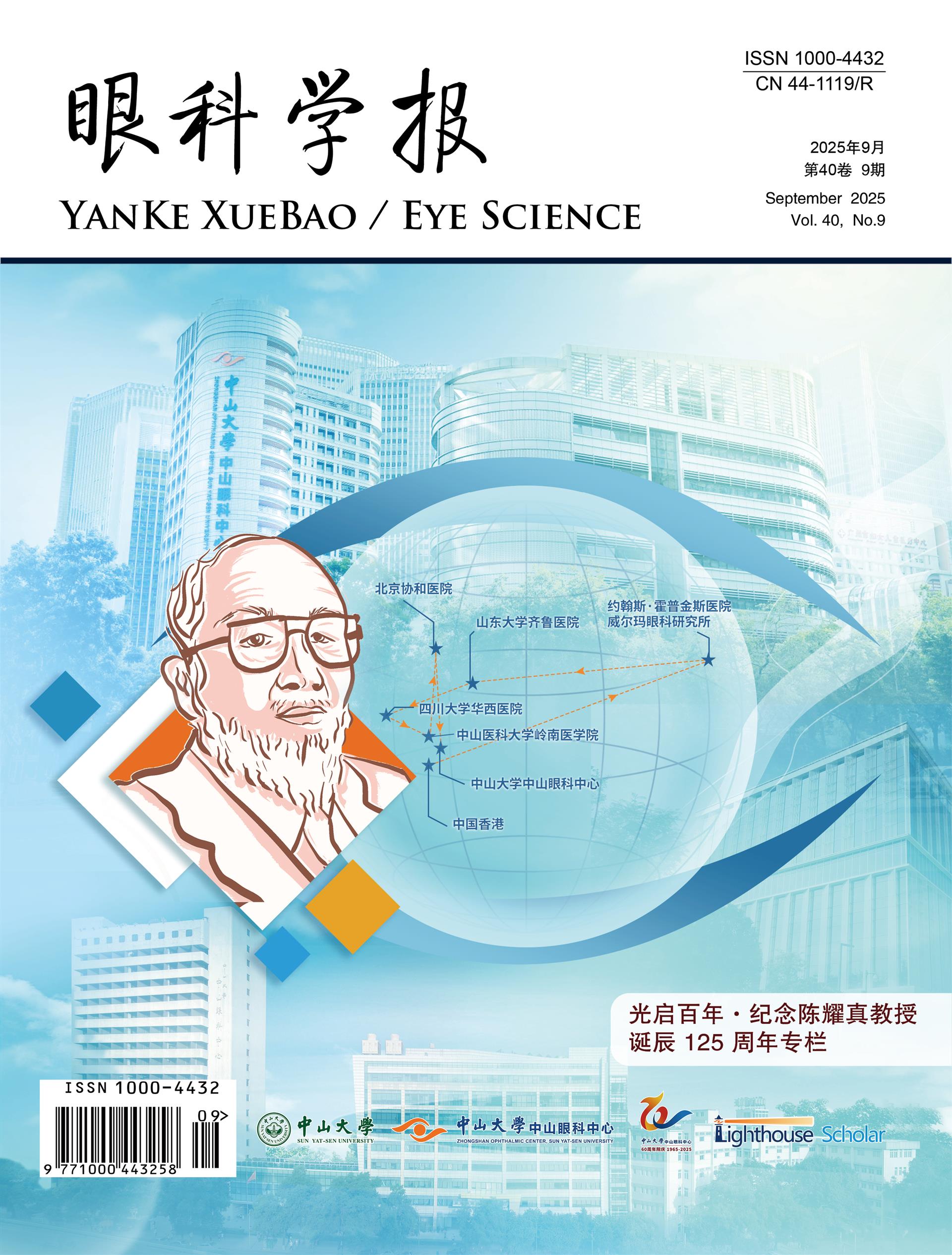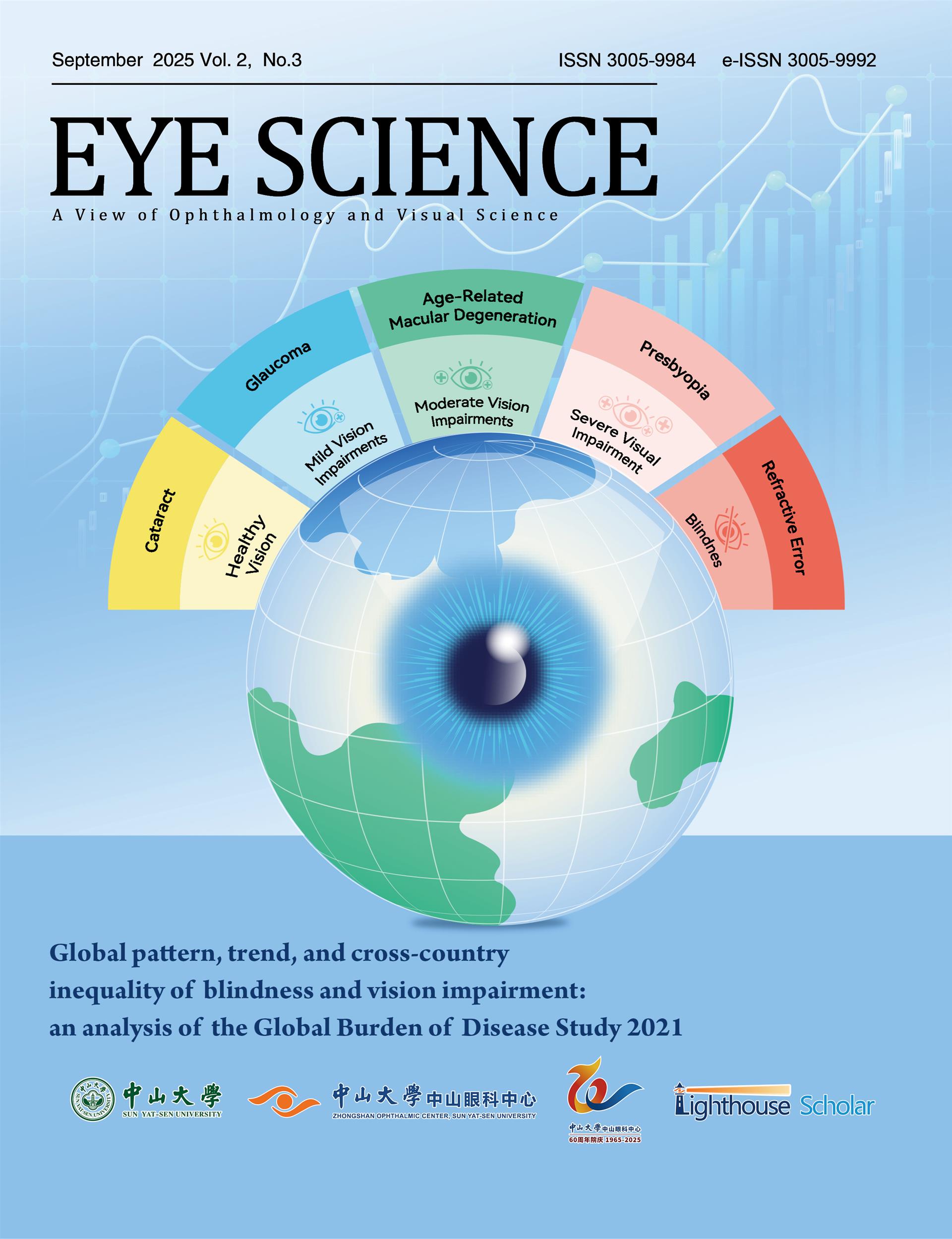Objective: Fengqing County, situated in Yunnan Province, is a high-altitude regionknown for its ethnic diversity and a notably high prevalence of pterygium. As akey area for Sun Yat-sen University's poverty alleviation initiatives, this studyaims toinvestigate the unique characteristics of pterygiumin specific region. Methods: We analyzed data from hospitalized patients admitted to the Ophthalmology department of the People's Hospital of Fengqing in 2023. The data wereextracted from medical records through the hospital information system. The chi-square test was used for statistical comparison, and multivariate logistic regression analysiswas conduct to explorethefactors influencingthe onset ofpterygium.A significance level of P< 0.005 wasset. Results: In 2023,outof 1137 ophthalmic inpatients, 207 (18.2%) underwent pterygium surgery. There was asignificant female predominance, with a female-to-male ratio of6.67:1(P<0.001). However,nosignificantethnic variation was observed(P=0.57).The majority of patients were in the 46-55 age group (36.71%),and the recurrence rate was low at1.71%. Female gender,increasingage, diabetes mellitus, age-related cataract, and meibomian gland dysfunctionwere identified as independent risk factors for pterygium in this region. Conclusion:Fengqingislikelyto have intricate connections betweentheoccurrence andtreatment of perygium and its local geography, culture, and socio-economic conditions. Medical assistance programs should take these factors into account andprioritizethem in poverty alleviationinitiatives.

















